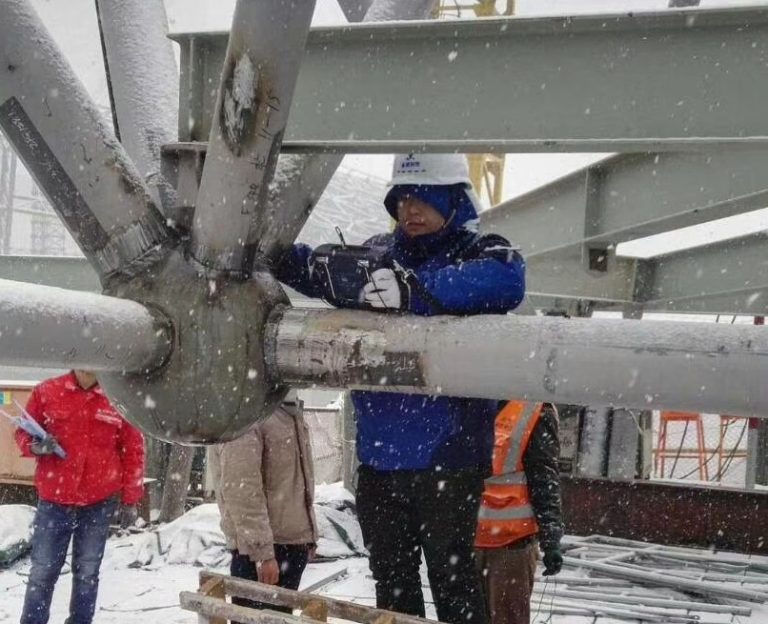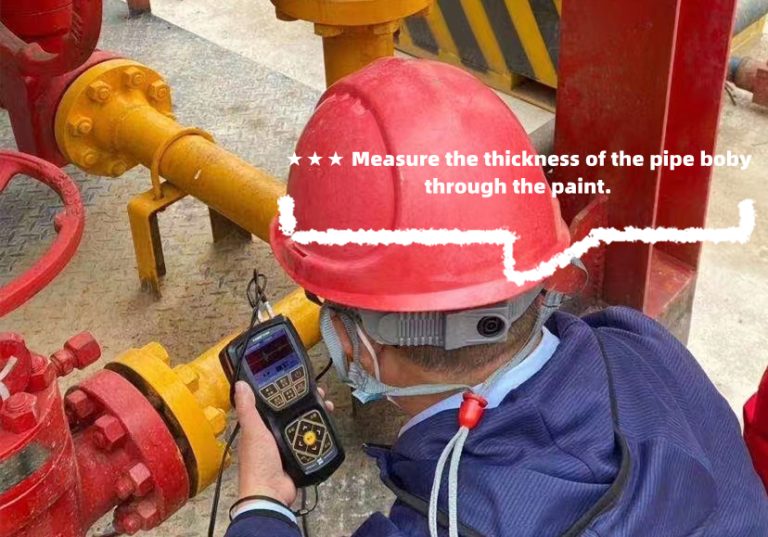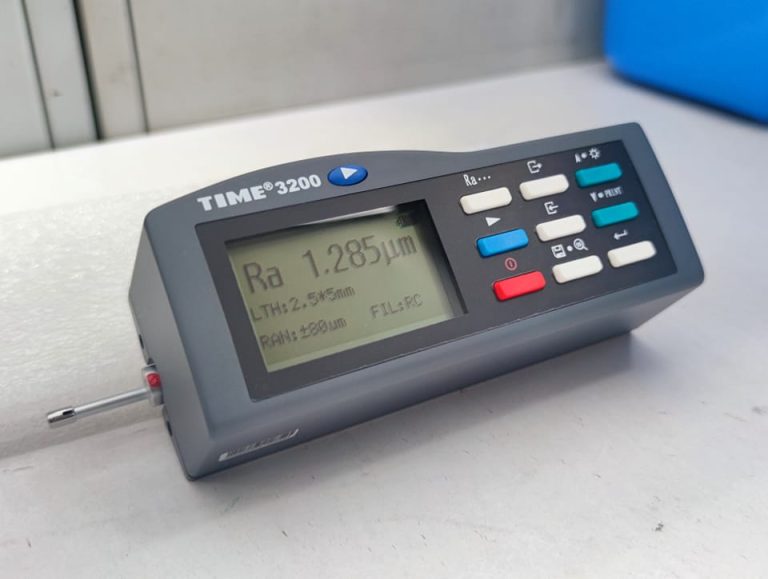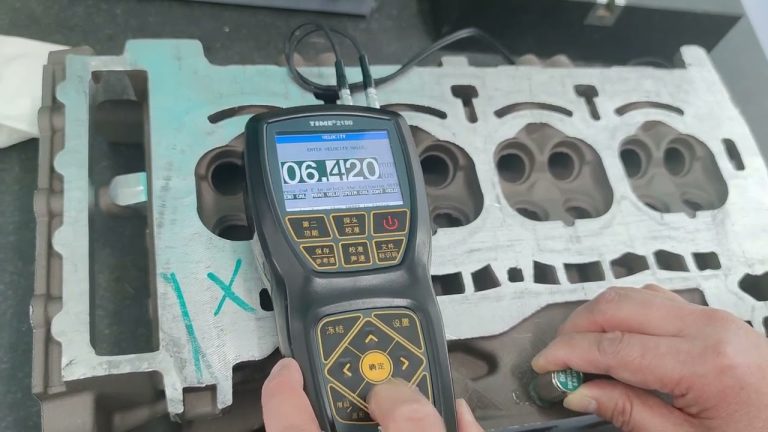- The numerical relationship between dimensional tolerance, geometric tolerance and surface roughness:
Numerical relationship between shape tolerance and dimensional tolerance
When the dimensional tolerance accuracy is determined, the shape tolerance has an appropriate corresponding value, that is, generally about 50% of the dimensional tolerance value is used as the shape tolerance value; in the instrument industry, about 20% of the dimensional tolerance value is used as the shape tolerance value; in the heavy industry Approximately 70% of the dimensional tolerance value is used as the shape tolerance value. It can be seen from this. The higher the dimensional tolerance accuracy, the smaller the proportion of shape tolerance in dimensional tolerance. Therefore, when designing and labeling dimensional and shape tolerance requirements, except for special circumstances, when the dimensional accuracy is determined, 50% of the dimensional tolerance value is generally used as the shape tolerance value. , which is beneficial to both manufacturing and ensuring quality.
Numerical relationship between shape tolerance and position tolerance
There is also a certain relationship between shape tolerance and position tolerance. From the perspective of the causes of errors, shape errors are caused by machine tool vibration, tool vibration, spindle runout, etc.; while position errors are caused by non-parallel machine tool guide rails, non-parallel or non-vertical tool clamping, clamping force, etc. As a result, from the definition of the tolerance zone, the position error contains the shape error of the measured surface. For example, the parallelism error contains the flatness error, so the position error is much larger than the shape error. Therefore, under normal circumstances and when there are no further requirements, if position tolerance is given, shape tolerance will no longer be given. When there are special requirements, the shape and position tolerance requirements can be marked at the same time, but the marked shape tolerance value should be smaller than the marked position tolerance value. Otherwise, parts cannot be manufactured according to the design requirements during production.
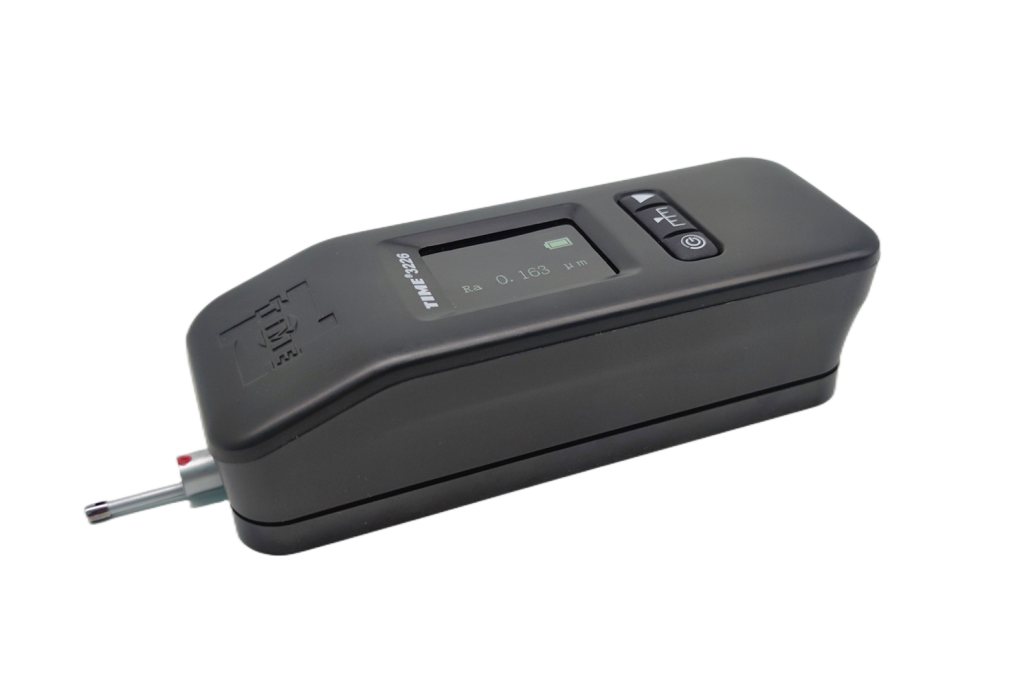
Relationship between form tolerance and surface roughness
Although there is no direct numerical and measurement relationship between shape error and surface roughness, there is a certain proportional relationship between the two under certain processing conditions. According to experimental research, in general accuracy, surface roughness accounts for the shape tolerance. 1/5~1/4. It can be seen that in order to ensure the shape tolerance, the maximum allowable value of the corresponding surface roughness height parameter should be appropriately limited.
In general, the tolerance values between dimensional tolerance, shape tolerance, position tolerance and surface roughness have the following relationship: dimensional tolerance > position tolerance > shape tolerance > surface roughness height parameter
It is not difficult to see from the numerical relationship expressions of size, shape and surface roughness that the numerical relationship between the three must be coordinated during design. When marking tolerance values on drawings, it should be followed: given the same surface roughness value should be less than Its shape tolerance value; the shape tolerance value should be smaller than its position tolerance value; the position difference values should be smaller than its dimensional tolerance value. Otherwise, it will bring all kinds of troubles to manufacturing. However, what is most involved in the design work is how to deal with the relationship between dimensional tolerance and surface roughness and the relationship between various fitting accuracy and surface roughness.
Generally, it is determined according to the following relationship:
- When the shape tolerance is 60% of the dimensional tolerance (medium relative geometric accuracy), Ra≤0.05IT;
- When the shape tolerance is 40% of the dimensional tolerance (higher relative geometric accuracy), Ra≤0.025IT;
- When the shape tolerance is 25% of the dimensional tolerance (high relative geometric accuracy), Ra≤0.012IT;
- When the shape tolerance is less than 25% of the dimensional tolerance (ultra-high relative geometric accuracy), Ra≤0.15Tf (shape tolerance value).
The simplest reference value: the dimensional tolerance is 3-4 times the roughness, which is the most economical. - Selection of geometric tolerance
Selection of geometric tolerance items
The functions of comprehensive control items should be fully utilized to reduce the geometric tolerance items and corresponding geometric error detection items given on the drawings.
On the premise of meeting the functional requirements, items that are easy to measure should be selected. For example: coaxiality tolerance is often replaced by radial circular runout tolerance or radial circular runout tolerance. However, it should be noted that radial circular runout is a combination of coaxiality error and cylindrical surface shape error. Therefore, when replacing, the runout tolerance value given should be slightly larger than the coaxiality tolerance value, otherwise the requirements will be too strict.
Selection of tolerance principles
The function of tolerance should be fully utilized and the feasibility and economy of adopting the tolerance principle should be based on the functional requirements of the measured elements.
The principle of independence is used in situations where the accuracy requirements for dimensional accuracy and shape accuracy are quite different, and the requirements need to be met separately, or there is no connection between the two to ensure movement accuracy, sealing, and no tolerances are noted.
The inclusion requirement is mainly used in situations where the matching properties need to be strictly guaranteed.
The maximum entity requirement is used for central elements and is generally used when accessories require assembly (no matching property requirements).
Minimum entity requirements are mainly used in situations where part strength and minimum wall thickness need to be ensured.
The combination of reversible requirements and maximum (minimum) entity requirements can make full use of the tolerance zone, expand the range of the actual size of the measured elements, and improve efficiency. It can be selected without affecting the performance.
Selection of datum features
1) Selection of reference parts
a. Select the joint surface where the parts are positioned in the machine as the reference position. For example, the bottom plane and sides of the box, the axis of disk parts, the support journal or support hole of rotating parts, etc.
b. The datum elements should have sufficient size and stiffness to ensure stable and reliable positioning. For example, using two or more axes that are far apart to form a common datum axis is more stable than one datum axis.
c. Select a more accurately processed surface as the reference part.
d. Try to unify the assembly, processing and testing standards. In this way, errors caused by inconsistent benchmarks can be eliminated; the design and manufacturing of fixtures and measuring tools can also be simplified, making measurement convenient.
2) Determination of benchmark quantity
Generally speaking, the number of datums should be determined based on the orientation and positioning geometric functional requirements of the tolerance project. Most orientation tolerances require only one datum, while positioning tolerances require one or more datums. For example, for tolerance items of parallelism, perpendicularity, and coaxiality, generally only one plane or axis is used as the datum element; for position tolerance items, if the position accuracy of the hole system needs to be determined, two or three elements may be used. a benchmark element.
3) Arrangement of benchmark sequence
When more than two datum elements are selected, the order of the datum elements must be clear and written in the tolerance box in the order of first, second and third. The first datum element is the main one, followed by the second datum element. .
Selection of geometric tolerance values
The general principle: select the most economical tolerance value while satisfying the function of the part.
◆According to the functional requirements of the parts, considering the economical efficiency of processing and the structure and rigidity of the parts, determine the tolerance values of the elements according to the table.
◆The shape tolerance given for the same element should be smaller than the position tolerance value.
◆The shape tolerance value of cylindrical parts (except for the straightness of the axis) should be less than its dimensional tolerance value; as on the same plane, the flatness tolerance value should be less than the parallelism tolerance value of the plane to the datum.
◆The parallelism tolerance value should be smaller than its corresponding distance tolerance value.
◆Approximate proportional relationship between surface roughness and shape tolerance: Usually, the Ra value of surface roughness can be taken as the shape tolerance value (20%~25%).
◆For the following situations, considering the difficulty of processing and the influence of other factors besides the main parameters, and meeting the functional requirements of the part, appropriately reduce the selection by 1 to 2 levels: ○ The hole is relative to the shaft; ○ The slenderness is relatively large Shafts and holes; Shafts and holes with larger distances; ○ Surfaces of parts with larger widths (greater than 1/2 length); ○ Parallelism and perpendicularity tolerances of line-to-line and line-to-line relative to face-to-face.
Provisions on shape and position without tolerances
In order to simplify the drawing, it is not necessary to indicate the geometric tolerance on the drawing for the geometric accuracy that can be guaranteed by general machine tool processing. The unindicated geometric tolerance shall be implemented in accordance with the provisions of GB/T1184-1996. The general content is as follows:
(1) Three tolerance levels of H, K, and L are specified for unspecified straightness, flatness, verticality, symmetry, and circular runout.
(2) The uninjected roundness tolerance value is equal to the diameter tolerance value, but cannot be greater than the uninjected tolerance value in radial circular runout.
(3) The unspecified cylindricity tolerance value is not specified and is controlled by the injected or unindicated tolerances of the element’s roundness tolerance, prime line straightness and relative prime line parallelism.
(4) The unnoted parallelism tolerance value is equal to the larger of the unnoted tolerance value of the dimensional tolerance between the measured element and the datum element and the shape tolerance (straightness or flatness) of the measured element, and takes the two The longer of the elements is used as the baseline.
(5) The coaxiality tolerance value is not specified. If necessary, the unindicated tolerance value of coaxiality may be equal to the uninjected tolerance of circular runout.
(6) The tolerance values of uninjected line profile, surface profile, inclination and position are controlled by the injected or uninjected linear dimensional tolerance or angular tolerance of each element.
(7) It is not noted that the total runout tolerance value is not specified.


